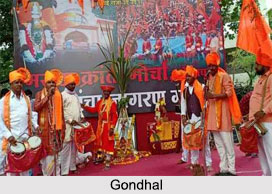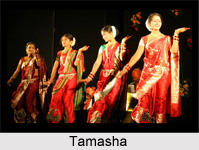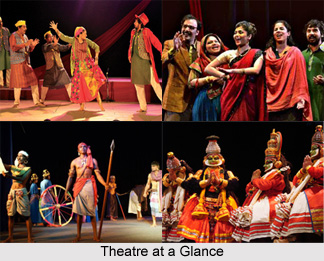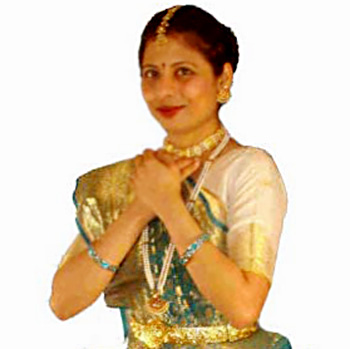Raunaq Banarasi is one of the first native Urdu language speakers to write for Parsi theatre. He was originally from Varanasi. His parents settled in the Deccan where Raunaq was born in 1825. They died when he was 18, and his grandmother took him to Nagpur, in the state of Maharashtra. Later, he moved to Mumbai where he worked in a cotton mill in Parel. Well-versed in Persian and Urdu literature, he had a keen interest in poetry. In the Indian city of Mumbai, he was drawn to theatre.
Life in Theatre for Raunaq Banarasi
At some point Raunaq Banarasi joined the Victoria Company. At first he joined only as an actor but later also functioning as a reviser, translator, and playwright. In his short literary career, he wrote and adapted over twenty plays, mostly idealistic and moralistic, on traditional tales of romantic love. His opus includes Benazir-Badremunir i.e. "Benazir and Badremunir" in 1880, not to be confused with Aram`s 1872 version, Laila-Majnun i.e. "Laila and Majnun", Ashiq ka khun i.e. "Murder of a Lover", Baharistan-e-ashk i.e. "Spring of Tears", Sangin Bakavali i.e. "Petrified Bakavali", and Chameli gulab or "Jasmine and Rose". As with other Urdu dramatists of early Parsi theatre, allegations of plagiarism exist against Raunaq too. He is reported to have committed suicide on the Victoria Company`s stage in 1886. At that time he was performing a tragic role in Ashiq ka khun.
This article is a stub. You can enrich by adding more information to it. Send your Write Up to content@indianetzone.com




